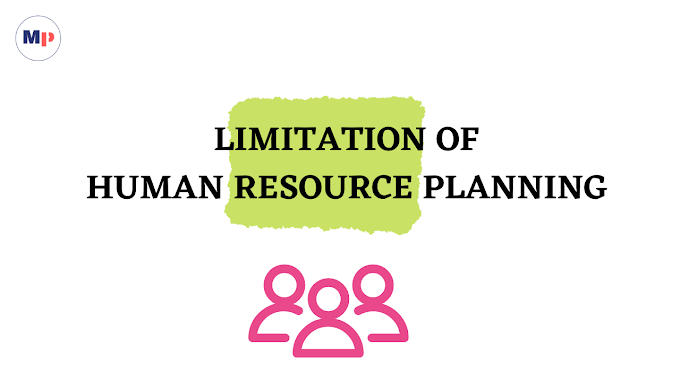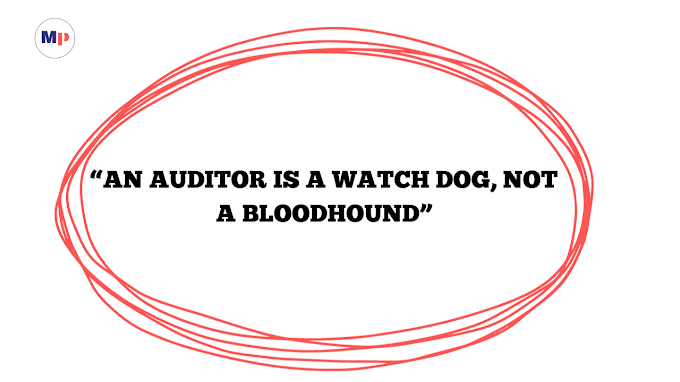MEANING AND DEFINITION OF CAPITAL GEARING
The term capital-gearing refers to the ratio between ‘variable cost-bearing capital’ and ‘fixed cost-bearing capital’. Variable cost-bearing capital includes equity share capital, reserves, and surpluses, whereas fixed cost-bearing capital consists of long-term debt and preference shares.
“The relation of the ordinary shares (equity shares) to preference share capital and loan capital is described as the capital gearing.”
J. Batty
“The term capital gearing is used to describe the ratio between the ordinary share capital and fixed interest bearing securities of a company.”
Brown and Howard
Capital Gearing Ratio = Variable Cost Bearing Capital / Fixed Cost Bearing Capital
Where,
Variable Cost Bearing Capital = Equity Share Capital + Reserve and Surplus
Fixed Cost Bearing Capital = Long Term Debt Bearing Fixed Interest + Preference Share Capital
IMPORTANCE OF CAPITAL GEARING
- Capital gearing is of great significance in the smooth and profitable running of a company.
- Capital gearing is a qualitative aspect of the capital structure of a company to establish an enterprise.
- It enables a reasonable proportion of the capital to be obtained from various sources.
- The development and growth of a business enterprise, inter alia, depend to a great extent on capital gearing.
- The role of capital gearing is as important in a business as gears in an automobile. An automobile starts with motion, a low gear, and as it comes the gears are changed. Similarly, a business enterprise needs to be started in low gear. i.e., a high proportion of equity share capital. As soon as the business starts earning reasonable profits, it may gradually be taken into higher gear, i.e., a higher proportion of fixed-cost capital in the total capital. Thus, the process of capital gearing is directly concerned with capital structure.
- At the initial stages, low capital gearing ensures the successful running of a company and helps in protecting the interests of equity shareholders.
- Generally, the income of a newly promoted company is low in the beginning and subject to frequent fluctuations. Thus, a low-geard company with a low proportion of fixed cost capital is relieved of the fixed liabilities adversely affecting the company's income, However, in the long-run, high capital-gearing is necessary for the development and growth of an enterprise, because the size of its income becomes more and regular.
- The possibility of fluctuations in income also minimizes in the long run. Under such a situation company can minimize its profits by raising the proportion of preference share capital and debt capital.
- High capital-gearing is beneficial to those companies whose earnings are fairly high and the possibilities of fluctuations in income are the least. On the contrary, low capital gearing is beneficial to companies with lower levels of income and higher fluctuations in income.





